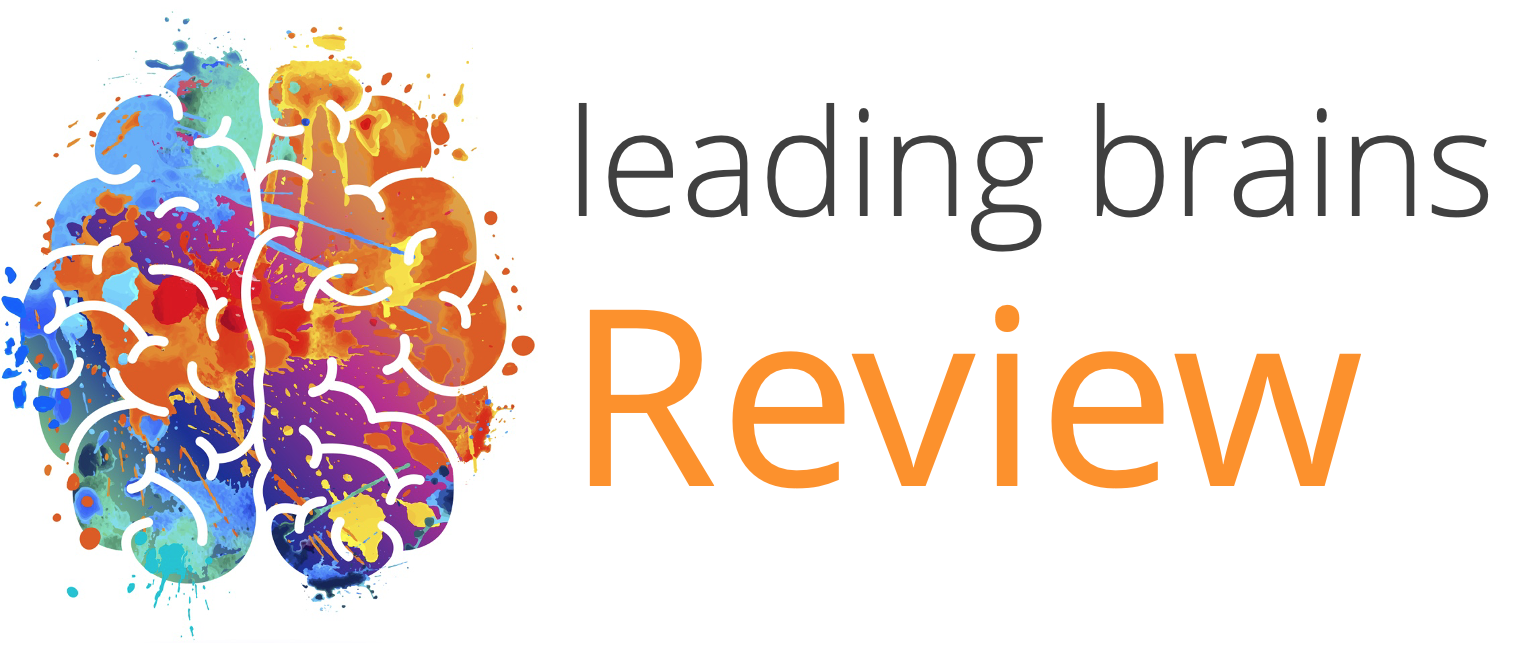
Near-death experiences have fascinated many people ever since they have been reported. And these experiences guide our view of how we die: the memories of your life passing in front of your eyes, the tunnel of light, the floating movement towards a bright light.
However, this has been difficult to research. The nature of being near to death, or briefly dead, means different things may happen in the brain that can cause hallucinations. For example, Olaf Blanke showed that out of body experiences can be induced in healthy individuals by activating and deactivating different parts of the brain.
Enter this case whereby a team of researchers around Dr. Ajmal Zemmar, a neurosurgeon based at the University of Louisville, actually managed to get EEG recordings of a person as they died.
No this was not a bizarre experiment, which is difficult to run, and would have many moral implications. They had wired up this 87 year-old who was having a severe epileptic seizure, which could be fatal, to try and see what was happening — however this individual had a DNR (do not resuscitate) status and after consulting with the family the patient passed away. This provided the only known example of a person with a quality EEG recording during death.
Obviously, it is a case of only one person who has just had a major epileptic seizure but provides the first glimpse of what is happening in the brain during death. So, you may want to know whether your life’s memories pass in front of your eyes?
Well, they did see a spike in gamma brain wave activity, and gamma waves are also associated with memory recall, shortly before death. However, a gamma spike could also mean many other things. They also noticed enhanced neuronal coherence and coupling — basically showing coordinated activity across the brain.
This case study of one person is therefore interesting, but as a population of one, difficult to draw any conclusions. However, it is a start to get the neural signature of death. What they did note however, is that death is not a sudden thing but much more drawn out than you might expect with cells and processes shutting down over minutes, and hours.
On the same topic another group of researchers around Sam Parnia have also issued a position statement on death and also near-death experiences — this summarises the research but also calls for more structured research around this to pull together these strands of evidence and give greater clarity as to how and in what form death happens and the experiences that accompany this — including those near-death experiences.
I’ll certainly be watching this space with interest.
References:
Vicente Raul, Rizzuto Michael, Sarica Can, et al.
Enhanced Interplay of Neuronal Coherence and Coupling in the Dying Human Brain
Frontiers in Aging Neuroscience: 14; 2022
DOI=10.3389/fnagi.2022.813531
Sam Parnia, Stephen G. Post, Matthew T. Lee, et al.
Guidelines and standards for the study of death and recalled experiences of death — a multidisciplinary consensus statement and proposed future directions.
Annals of the New York Academy of Sciences, 2022
DOI: 10.1111/nyas.14740
More Quick Hits
Do We Lose Brain or Muscles First?
As we age things start to decline, we all know that – happens to the best of us…
Cravings for Fatty Food and the Gut-Brain Connection
Research hot off the presses is showing something interesting happening with our desire for fatty food….
How to Form Optimal Groups for Learning
There has been a long-standing debate and discussion in learning contexts for what is the best way to form groups for optimal learning when there are different abilities in those groups…
Extreme Temperatures Increase Hate Speech Online
I am sure we all know that feeling of getting more irritable when temperatures rise – well we now have evidence that…
News Addiction is Bad for Your Mental (and Physical) Health
Many years ago I first heard the advice of “Don’t watch the news if you want to be happy”…
Fresh Teams are More Effective and More Innovative
We all know that just about anything in the world is produced by teams. This has never been more true than in scientific disciplines…
Too Much of a Good Thing – Why Leaders Can be Too Extraverted
Extraversion is considered a positive trait particularly in leadership – but can there be too much of a good thing?
Gene Mutation Leads to Being “Clueless”
Researchers at the UT Southwestern Medical Centre have discovered a genetic mutation that impacts memory and learning.
Humble Leaders Make Teams More Effective
This study showed that those in groups with leaders who showed the highest humility reported multiple positive results all of which can be directly correlated to higher performance.
Micro Breaks Improve Performance and Wellbeing
We all know that taking breaks is good for our brain and wellbeing – in fact we absolutely need to take breaks. It is just the way our brain and body is designed.










